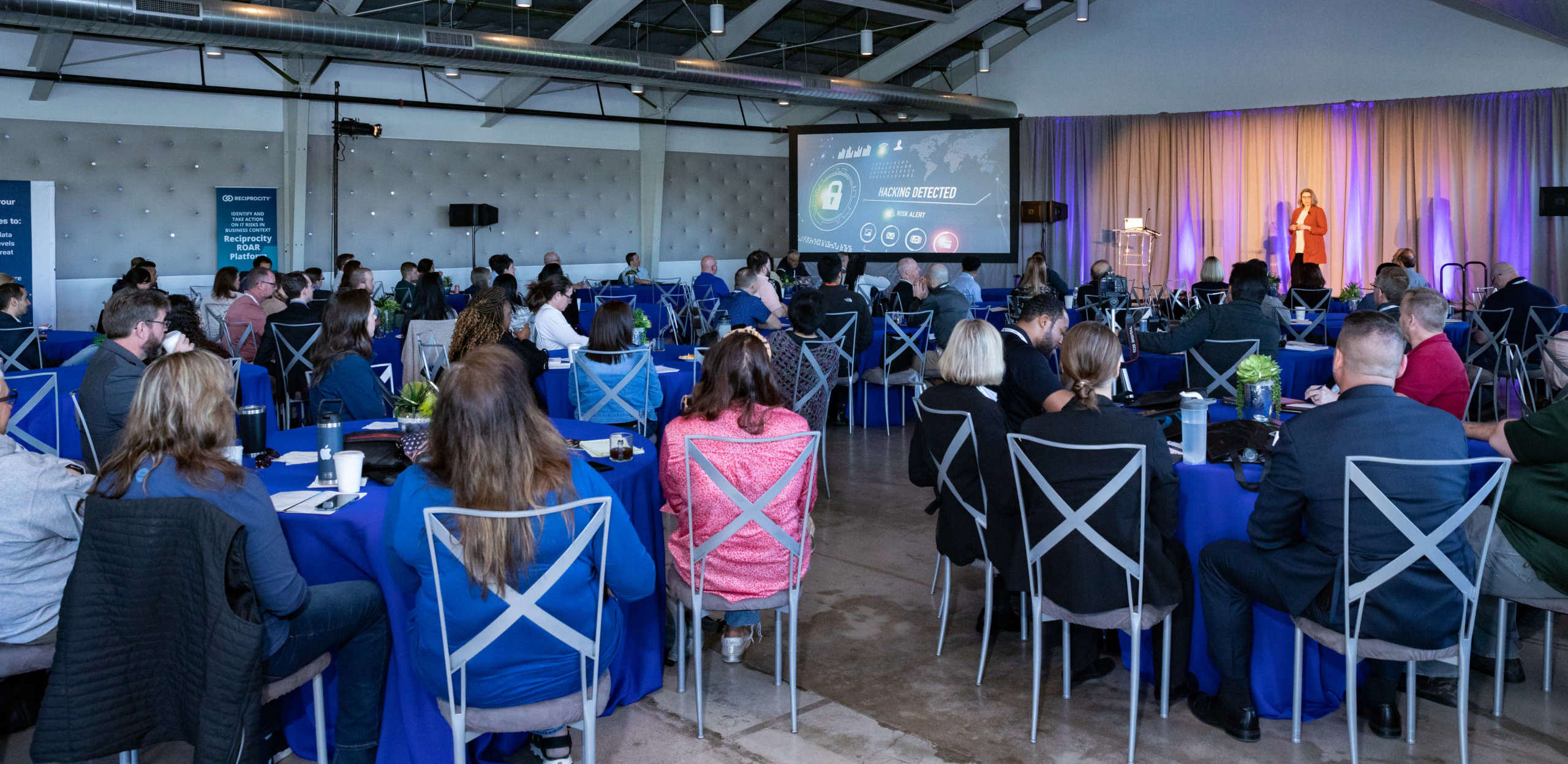Onsite Event
Event date:
Jan 10, 2023
|
Convene: Clearwater 2023
Clearwater, Florida January 10-11, 2023
Thank you to everyone who attended Convene: Clearwater!
Check out the recap and takeaways from this event.
The National Cybersecurity Alliance is gathering training and awareness professionals together to connect, share and Convene.
Connect with the training and awareness community. Convene was created for this close-knit group, which has few opportunities to connect in person at an event designed just for them.
Learn best practices. Thought leaders and industry executives will share their recent successes, failures and insights from recent campaigns and programs.
Build camaraderie. Immersive gatherings with like-minded professionals breed innovation, sharing and human connection.
































